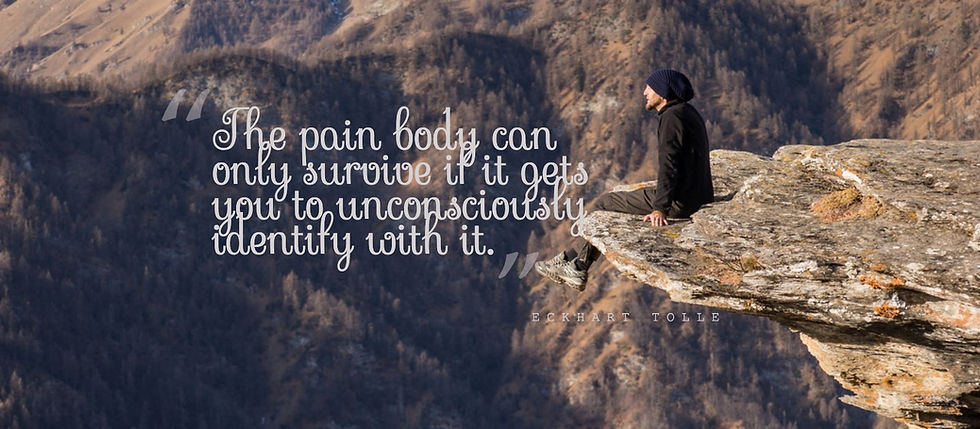Mindfulness: How to Stop, Calm, Rest and Heal
- johnwoychuk
- Oct 13, 2021
- 3 min read
Updated: Oct 13, 2021
Let's begin this post with a Zen story:

“A man is galloping quickly on a horse and it appears that he is going somewhere important. Another man standing alongside the road, shouts “Where are you going?” and the first man replies, “I don’t know! Ask the horse!” In the Heart of Buddha’s Teachings, Thich Nhat Hanh
The horse in the analogy is our habit energy and if we are truly honest with ourselves, it is this energy that is often moving us throughout our day. When we are healthy we can keep up this “running” for surprising lengths of time. But when we are hurt or face a major set back or a series of set backs, we often don’t know how to pull back on the reigns. Our minds do not seem to have an “off” switch.
Mindfulness offers us a way of recognizing and transform habit energies. One of the goals of mindfulness is to stop, calm and rest.
Tich Nhat Hanh recounts that a wounded animal in the forest will find a place to rest and then do nothing except rest as it allows its wounds to heal.
Humans have the same capacity to heal both physical and psychological wounds, but we often don’t allow ourselves to rest fully. We tend to ignore the wounds, worry about them or search frantically for solutions. None of these actions allow for rest – and rest is essential for healing.
It’s astounding to me as a counsellor that the Buddha’s teachings of how to calm the body and mind and look deeply at them is very similar to modern day counselling practices:
1) Recognition – we recognize what is happening inside ourselves and name it
2) Acceptance – it’s not the story of what’s happening that we need to accept, but we accept what is happening now – as if you are looking in a mirror – you would not deny what the reflection showed
3) Embracing – we embrace what’s inside us because it is part of our experience; it’s like embracing a crying baby; in this way we bring some comfort to the distress
4) Looking deeply – as we begin to calm ourselves we can look for what is causing our distress
5) Insight – after looking deeply we see the many causes and conditions that brought about our distress and we gain some insight into what we can do to change it and also what would not be helpful to do.
Our habit energies, like the runaway horse in the opening story, are not easy to tame. It’s important to recognize that it’s going to take effort for us to learn to stop, calm and rest. Once we do, however, we will gain lots of benefits. We allow ourselves to rest and heal and we become more resilient and able to move through life with more joy and ease.
Here is one breath practice Thich Nhat Hanh provides that I personally enjoy.
As you breath in say to yourself “in” and then as you breath out say to yourself “out”. Do this a few times.
Then as you breath in say to yourself “deep” and as you breath out say to yourself “slow”. Do this a few times again.
As you breath in say to yourself “calm” and then as you breath out say to yourself “ease”.
As you breath in say to yourself “smile” and then as you breath out say to yourself “release”.
As you breath in say to yourself “present moment” and then as you breath out say to yourself “beautiful moment”.
As you focus completely and fully on the act of breathing in this way, I trust you’ll find that in that moment there is no room for problems.
This is the “off” switch for the mind. It’s the rest that leads to healing.




Comments